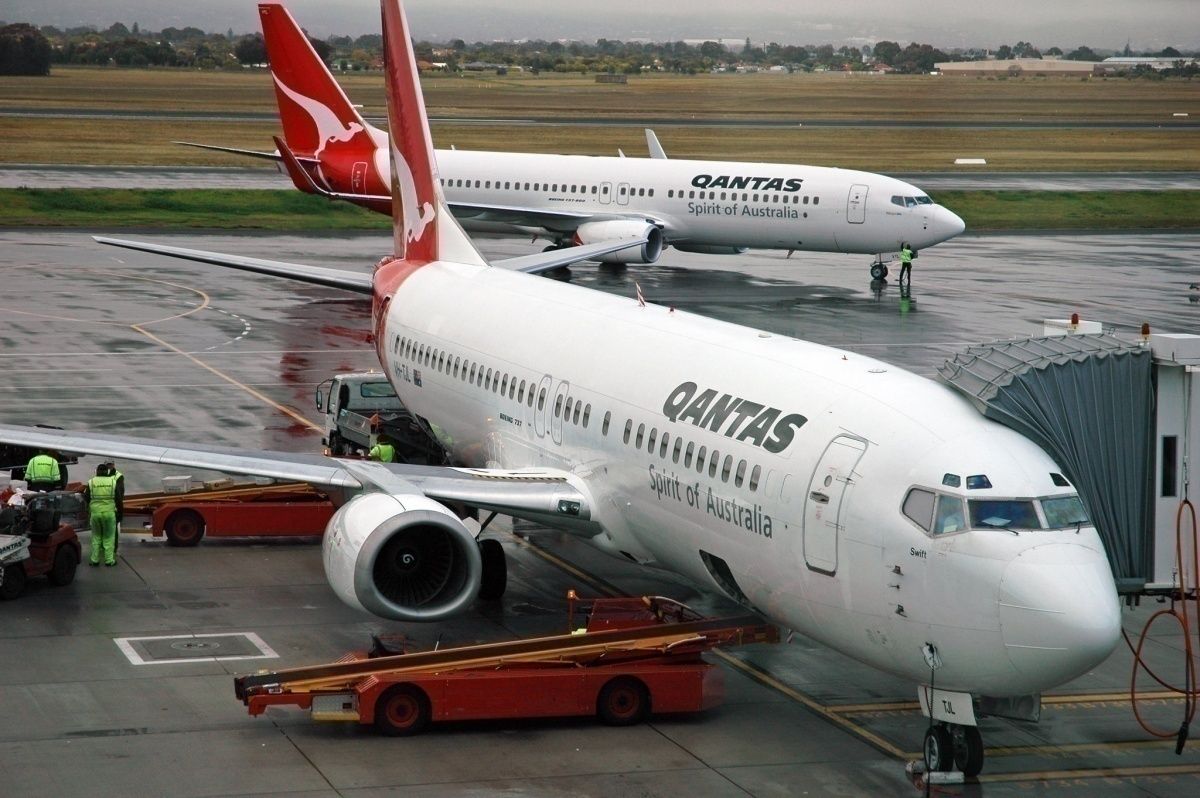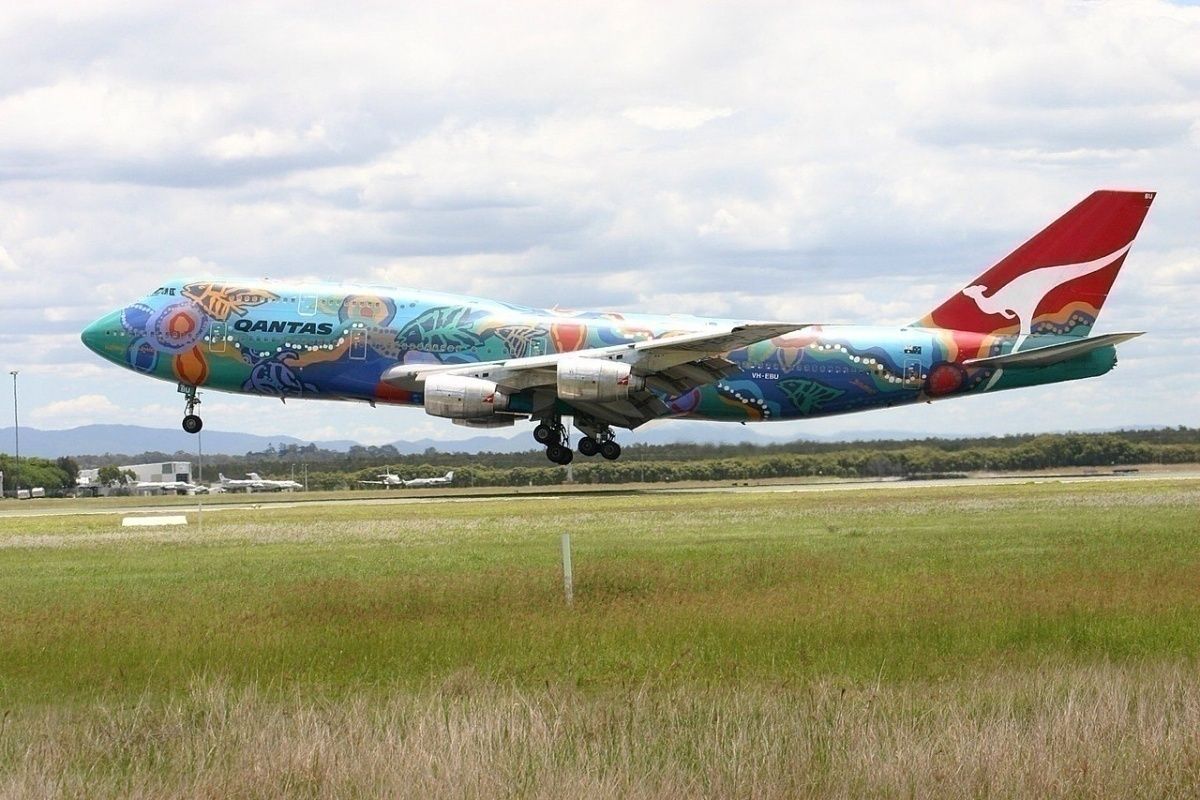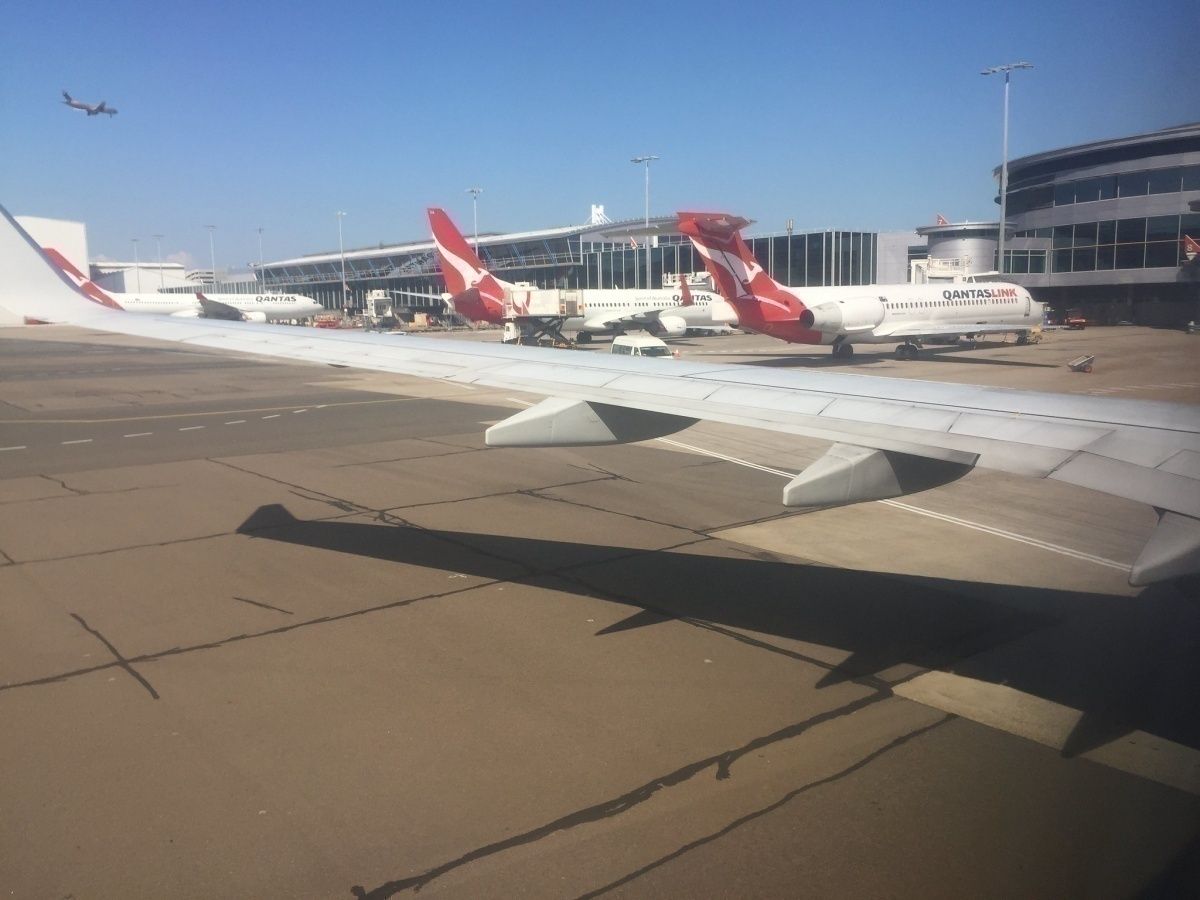The bulk of Qantas' scheduled services will now remain suspended until at least the end of June. The current flight suspensions were due to expire in mid-May. But with demand still low and border restrictions showing no signs of easing, Qantas pushed its flight suspensions out by another six weeks yesterday. It will be an even longer wait for international services. Most Qantas international services will not be back until August at the earliest.
Existing barebones schedule now running through the southern winter
On an available seat kilometer basis, Qantas is now operating around 5% of its pre-crisis domestic passenger network and 1% of its international network. Factoring in FIFO charters for the resources sector and freight, Qantas is utilizing 13% of its domestic network and 6% of its international network.
With financial support from the Australian Government, Qantas is maintaining a barebones domestic service. This service focuses on keeping mainline trunk routes open between the capital cities and providing a minimal service into regional towns that are more than two hours' drive from the nearest operational transport hub.
Qantas was running several international repatriation flights and some subsidized services to crucial international ports. This kept some international aircraft busy throughout April. Qantas told Simple Flying that it is understood that the Government will soon be extending the minimum international network with some tweaks to the schedule.
Yesterday Qantas announced that existing domestic flight suspensions would continue until at least the end of June. Existing international flight suspensions will remain in place until the end of July. In a statement, Qantas CEO, Alan Joyce said;
“We’re expecting demand recovery to be gradual, and it will be some time before total demand reaches pre-crisis levels."
Some relief on the horizon for Qantas
Qantas maintains it has the cash to see it through a prolonged shutdown. The airline confirmed yesterday it had USD$2.25 billion in liquid reserves to draw against. But Qantas is also burning through USD$26 million a week at the moment, so the airline is keen to get back to business.
However, there is some light on the horizon. Australia is starting to see the first stages of lifting isolation rules and strict interstate travel bans. There is optimism that interstate travel bans will be lifted over the next month or so. Harried revenue starved domestic tourism operators are hoping for a domestic tourism boom. Driving that boom would be international travel bans that look set to remain in place for some time and a lot of locals with cabin fever.
That would be excellent news for Qantas. Highlighting this, Mr Joyce recently said on LinkedIn;
"If this period of isolation has taught us nothing else, it's how much we value seeing people and places.
"A recent survey of our frequent flyers showed around 85% are keen to travel again once they're able to.
"We have to be careful not to take the brakes off too early, but restrictions on domestic travel are likely to lift well before international travel. That's great news for our local tourism industry, with more people holidaying in Australia to start with."
Qantas says it needs about one week's notice to get 10% of its fleet flying again and two week's notice to get 20% of its fleet back in the air.
The Trans-Tasman bubble would be a boost for Qantas
There is also optimism flights to New Zealand could resume around the same time. Both New Zealand and Australian Governments are in active discussions to open travel between the two countries under what is being termed the "Trans-Tasman bubble."
Because both countries have tight border controls, pandemic under control, and similar downward infection trajectories, there is widespread recognition that the bubble is a good first step in a controlled opening of international borders. A joint statement issued by the Australian and New Zealand Prime Ministers yesterday said;
"A trans-Tasman COVID-safe travel zone would be mutually beneficial, assisting our trade and economic recovery, helping kick-start the tourism and transport sectors, enhancing sporting contacts, and reuniting families and friends"
It's news to cheer Qantas. The airline typically deploys a lot of capacity across the Tasman Sea to New Zealand. It would welcome the chance to dust off a few planes and start flying again, get some revenue flowing, and see some foot traffic through its terminals.
"Australia has done an amazing job of flattening the curve, and we're optimistic that domestic travel will start returning earlier than first thought, but we clearly won't be back to pre-coronavirus levels anytime soon. With the possible exception of New Zealand, international travel demand could take years to return to what it was."
While a loosening of interstate and New Zealand travel restrictions will be good news for Qantas, it hasn't happened yet. There's an expectation it will happen, but people are being warned it is still a little time off. Meanwhile, Qantas is sticking to its slimmed-down schedules and trying to stem cash flow bleeds while still providing some semblance of an air service.




